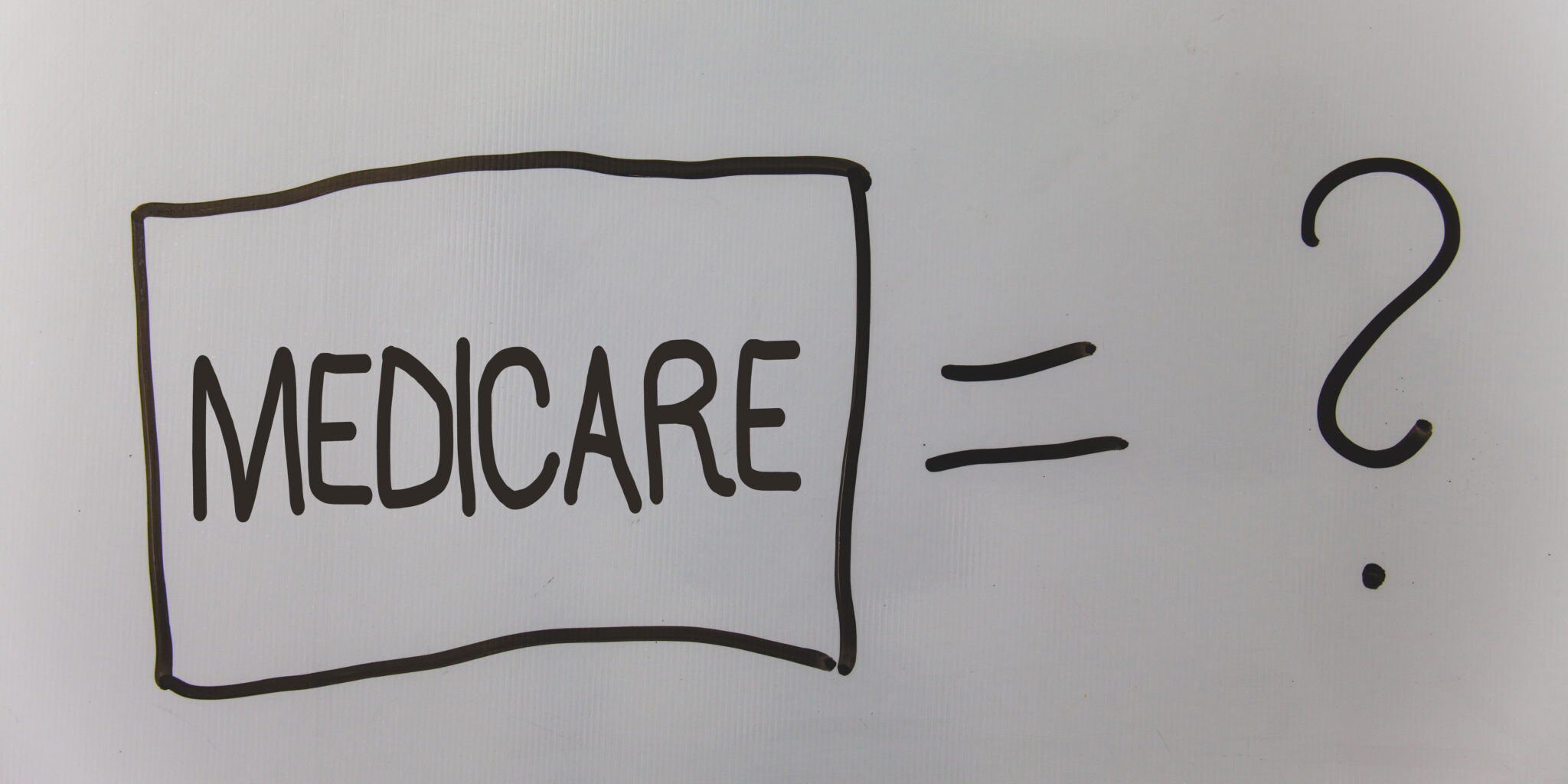
Here's what you need to know about the difference between Medicare parts and Medicare supplement plans.
Medicare has four parts: A, B, C, D
Medicare Part A
Part A is your hospital insurance. This helps you cover common hospital expenses for things such as the cost of a semi-private room for stays, hospice, home health care, and even skilled nursing facility stays. This part of Medicare also covers blood transfusions requiring more than 3 pints of blood. Part A is also free for most people as long as they have worked at least 10 years in the U.S. or are married to someone who is at least 62 and has worked those quarters.
Medicare Part B
Part B of Medicare is for outpatient services that are deemed medically necessary. Medicare Part B includes coverage for services like doctor office visits, lab testing, diagnostic imaging, preventive care, surgeries, ambulance rides, chemotherapy and radiation, and even extensive dialysis care for people with renal failure. Many of these procedures may occur in a hospital. However, they fall under Part B because physicians provide them, so it’s not always easy to determine what is inpatient vs outpatient care.
Medicare Part C
Part C of Medicare is somewhat confusing. Unlike the other parts of Medicare, which cover specific medical benefits, Medicare Part C is just another name for private Medicare insurance. The Balanced Budget Act of 1997 created Part C, which is now referred to as Medicare Advantage.
Medicare Advantage plans are private health plans that you can choose instead of Medicare. You would get your Part A, Part B, and sometimes also Part D all from one insurance carrier. Advantage plans usually have a network of providers from whom you will get your care. These plans are attractive to clients because a lot of the times they cost nothing, however, you’ll have more copays as you go along so they are not necessarily cheaper over the long term.
Medicare Part D
Part D is a federally created program to help you lower the cost of your retail prescription drugs. Unlike Medicare Part A & B, you will not enroll in Part D through the Social Security office. Instead, you will select one of the Part D plans available in your county from private insurance carriers.
Medicare drug plans are optional. You’ll have a monthly premium that you will pay to the insurance carrier. In return, they give you significantly lower copays on your medicines than you would pay if you had no Part D insurance. It is best to have a trusted agent/broker find you the best plan
Medicare supplement plans are issued under the letters A, B, C, D, F, G, K, L, M, N
Medicare supplement plans are used in addition to your Medicare coverage to aid in expenses for hospital & doctors visits.
So, for example, you can have a Medicare supplement plan F that supplements your Medicare Part A coverage.
Medicare Part F, better known as Medicare Supplement Plan F, is the Cadillac of all Medicare supplement plans. This benefit package covers all the gaps between what original Medicare pays, and what doctors and hospitals actually charge. Unfortunately this plan is being eliminated on January 1, 2020, and only those who were eligible prior to that date will be able to continue or purchase it.
Each medicare supplement plan has its own set of benefits and copays. Plan G will become Medicare's best plan for 2020 and the years after. With Plan G, after your Part B deductible of $198 you no longer have any additional copays or deductibles. You can learn more about the different Medicare supplement plans and what they cover here.
